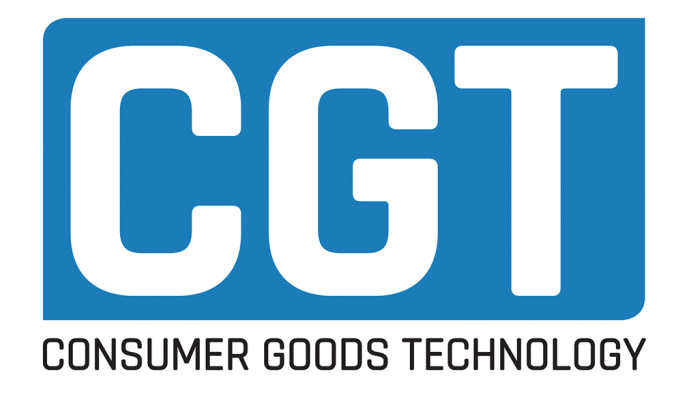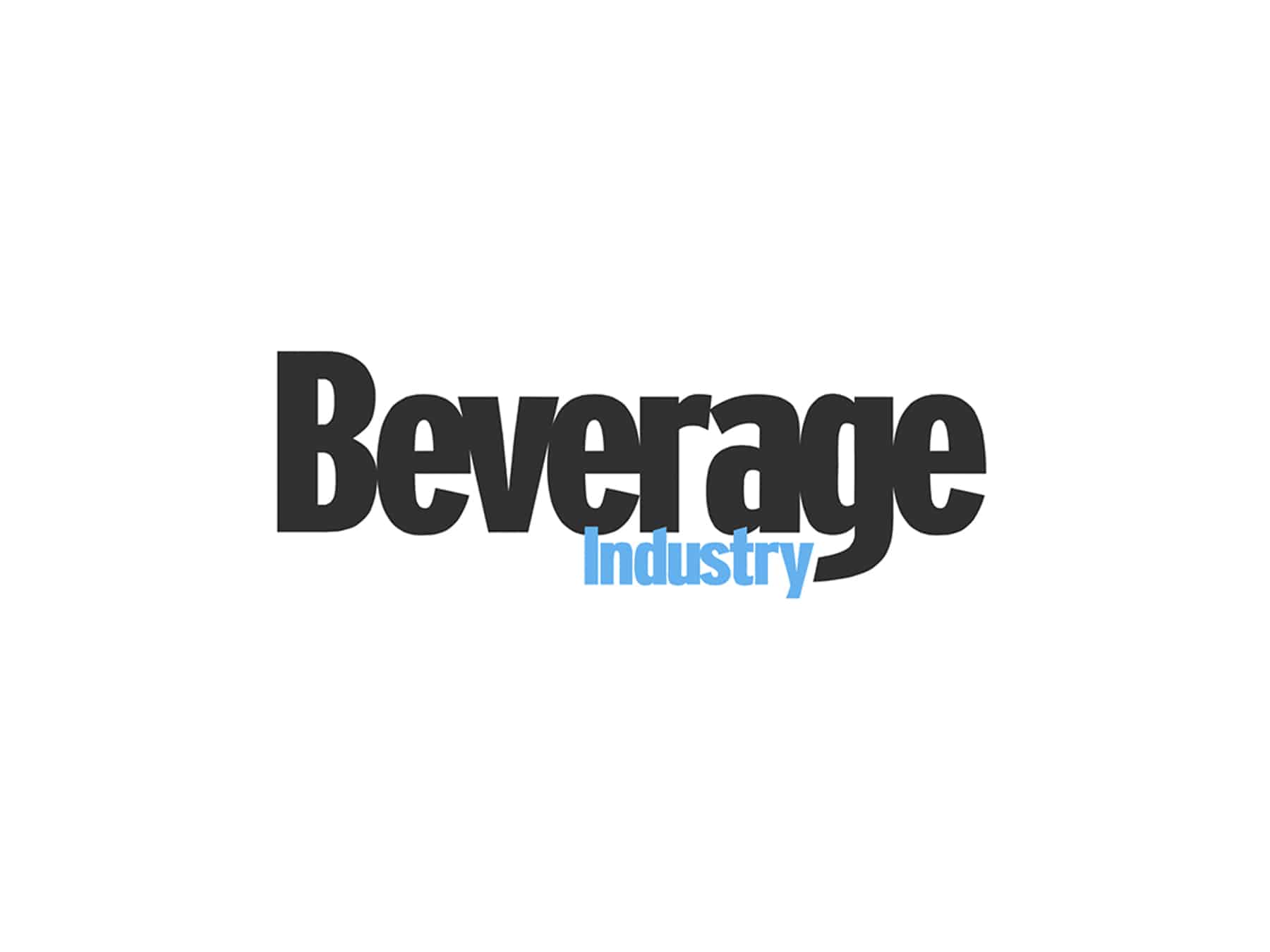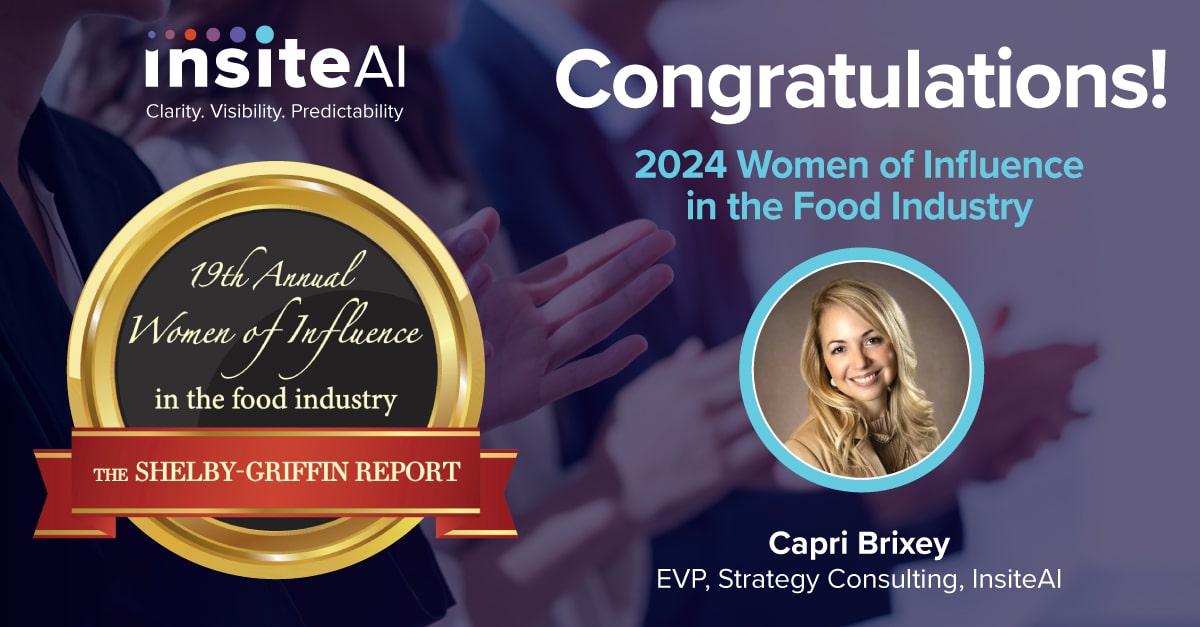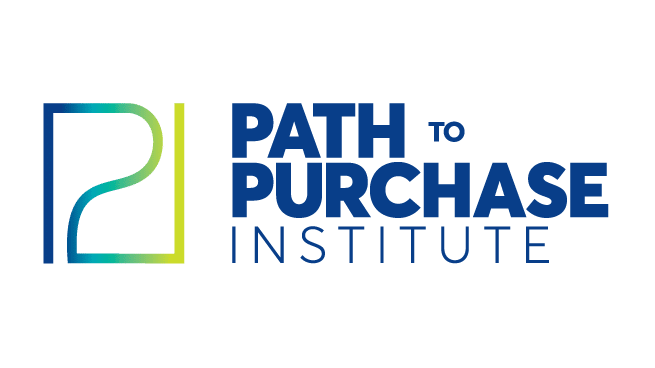
Both CPGs and retailers are under immense pressures for different reasons, operating with different objectives. See how a well-built, joint business plan can deliver incremental profit pool growth for both sides.
It is if they work together.
Relations between CPGs and their retail partners have fallen to their lowest level in 5 years, according to a 2021 report by management consultants Bain & Company. According to the firm, the main cause has been a short-sighted approach on both sides that has favored short-term sales targets. CPGs and retailers alike face their share of challenges: CPGs are under immense cost pressure, especially with rising raw materials and logistics costs. Meanwhile, retailers have had to defend their market share against new entrants, such as deep discounters. In addition, the trend toward smaller store formats and the rapid growth of online commerce has further upset the balance. However, according to Bain, a well-devised, joint business plan can deliver more than 10% of incremental profit pool growth for both the brand and retailer in a single year providing they work together intelligently.
The report, which focused on CPGs and retailers in Europe, concluded that only one in four joint annual plans actually manages to create value for both parties, and that instead of building incremental value, 59% of trade promotions merely subsidize baseline sales. They suggest that the traditional, strategic moves from CPGs like launching a new, above-the-line television campaign or new brand extension, are running out of steam and losing effectiveness.
The growing friction between CPGs and retailers is real. In 2016, the UK’s largest grocery retailer, Tesco, delisted nearly all of Unilever’s products after the manufacturer asked for a 10% price increase across its iconic brand portfolio. The CPG’s price increase was blamed on the pound’s fall against the euro and the US dollar. In 2016, Unilever had a 32% share of all the UK’s ice cream and frozen dessert sales, 21% share of all table sauces, and 19% share of butter and margarine sales according to Euromonitor. The disagreement was rapidly resolved, but this example shows what can happen when negotiations fail
The only sustainable solution is to collaborate closely and grow profits together.
According to Bain & Company’s research that was published in 2021, the best CPGs are able to deliver a 10% increase in joint profit pool growth in a single year by doing 5 things differently:
- The best CPGs understand both their own and their retailers’ strategies
Getting deep under the skin of the retailer’s P&L enables the CPG to appreciate their business strategy, their most important KPIs, and ultimately how value is delivered to the end consumer. By listening to the other side’s needs and being able to articulate how a CPG initiative will build value is much more likely to get retailers onside. - Deliver up to 20% more incremental sales and profit for both parties through an assortment optimization program
Legacy approaches to store assortment and clustering can lead to high levels of item cannibalization. Limited shelf space often means an ongoing battle between CPG and retailers on which SKUs to stock, how much space to allocate in which stores, and whether a product should be delisted.CPGs had previously been held back without the means to optimize assortments at the lowest, most granular level. However, a cloud-based platform can create optimized assortment decisions at scale, right down to individual store level. This gives clear direction on product mix, space elasticity, and pricing, and a truly optimized assortment has the potential to significantly drive volume and profit for both parties. The latest platforms are able to run millions of what-if scenarios in a matter of seconds, giving real-time insight that allows a proactive assortment approach. The results ensure customers get the value they need, whilst the CPG and the retailer can make the most out of every bit of shelf space. - Take a medium-term view to deliver a business plan
Both CPGs and retailers have monthly, quarterly, and annual revenue and profit targets to hit, as well as shareholders and stakeholders to satisfy. Delivering a successful joint business plan is not a quick fix, and therefore it will take bold leaders who are prepared to invest at least a couple years in order to deliver a properly-executed joint profit plan. As a CPG, you should have a 3-year plan for each of your most important retailers with an imperative of not being distracted by only focusing on monthly sales targets. - Build trust and transparency
Strong relationships are built between people. Beyond the written business plans and agreements, invest in building strong relationships with all the key people within your retail partners. Build these not only with c-suite executives or VPs, but with the people who will actually deliver the day-to-day strategy. This includes category managers, buyers, and shopper marketing directors. Build a real understanding of the KPIs they track. What does success look like to them? How are they being appraised? Then, arm yourself with data that gives them the confidence to buy into your CPG’s initiatives, whether it’s store assortment, a new range, or a price change. If you’ve got granular data to prove something, then you’re halfway there. - Break down silos within your CPG
Most CPGs have teams dedicated to their most important retailers to bring people together from commercial, category, sales, marketing, manufacturing, and logistics.Whilst people from these disciplines do work together on projects, it is incredibly challenging to avoid a siloed mentality. There are many widely-cited solutions to the siloing issue, and hundreds of management books have been written about it. However, taking a pragmatic approach to ensure teams are collectively responsible for delivering the retailer’s P&L with common goals and objectives is the key. Ensure the collective responsibility is mandated from the highest level of leadership within your CPG so it has a real sense of purpose and gravitas.






